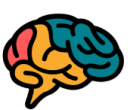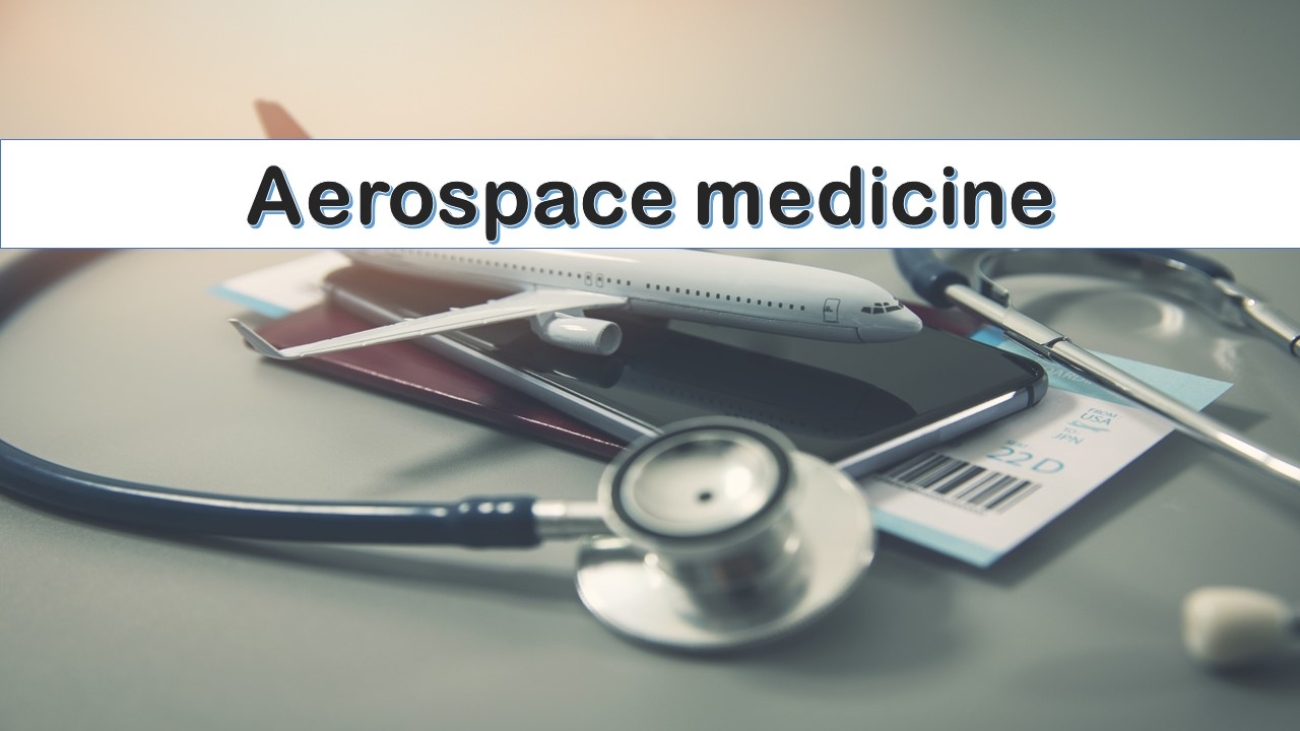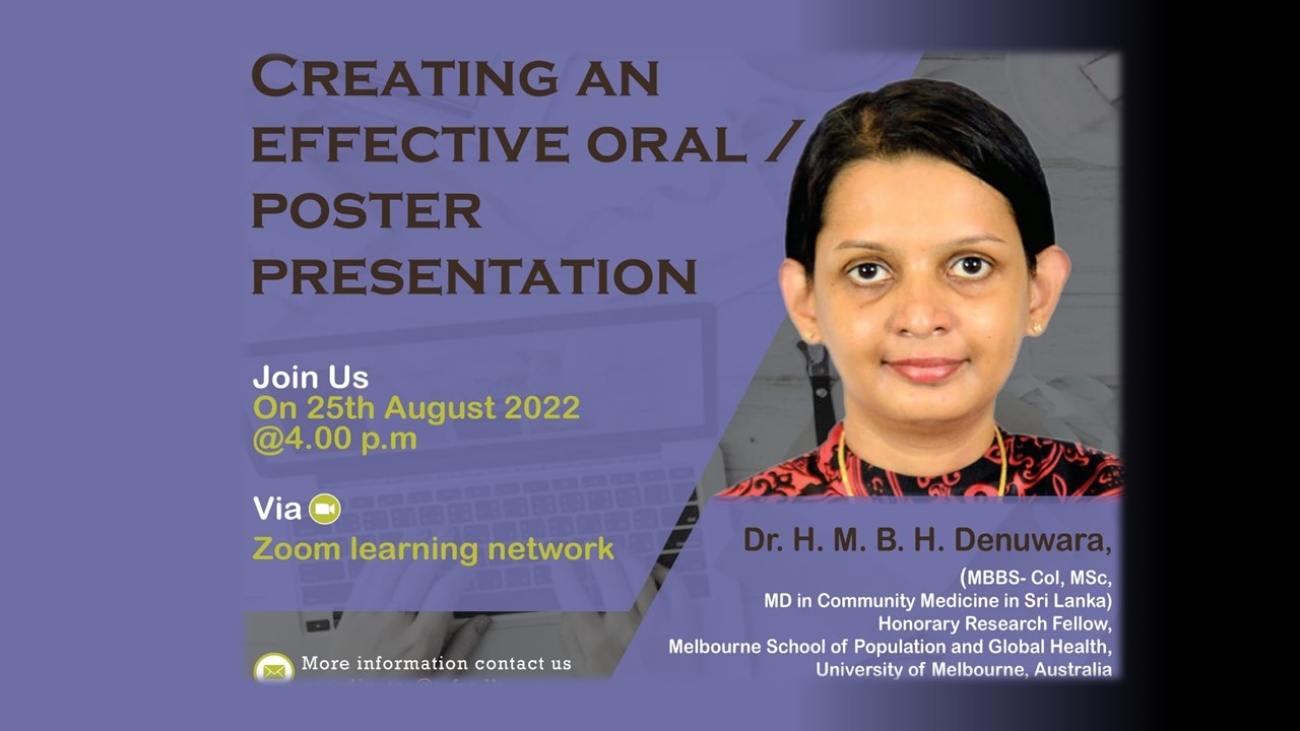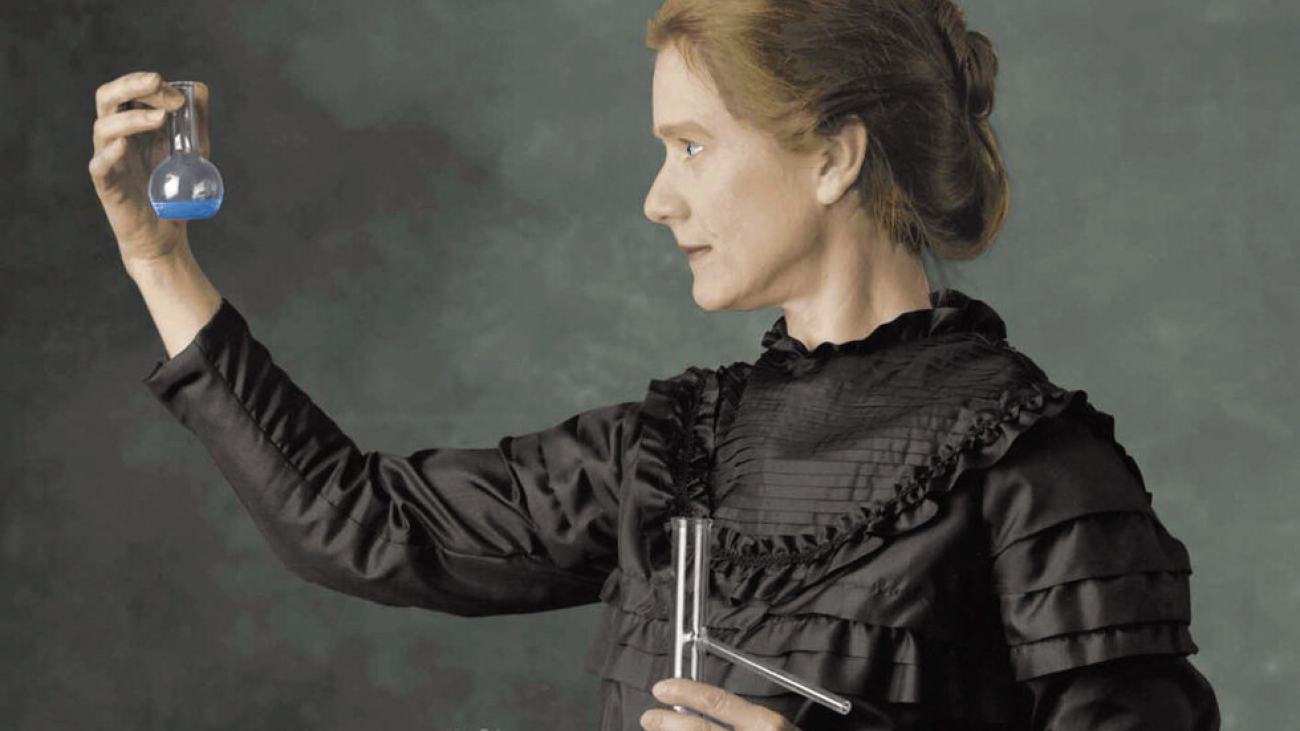Medicine beyond Earth
Aerospace medicine: A General Outlook
Have you ever wondered what type of physician backs the American space program? Who keeps an eye on the astronauts’ health and safety while they are stcoralblueoutlet kleankanteentrinkflasche moorecains tatascarpe saldigeox relaxdaysstore senzamai blundstoneprezzi donkeyluckycat geoxoutlet 24bottlesclima donkeyluckycat cainsmooredonna saldibenetton uspoloassnscarpeationed in space and is on standby for when they go and return? Who, in addition to engineers, pilots, and other top experts, contributes to the planning of the planned Lunar and Mars missions? Aerospace medicine is this area of study.
Clinical care, research, and operational support for the health, safety, and performance of the crew and passengers of aircraft and spacecraft, as well as the support staff who help operate such vehicles, are the main areas of focus in aerospace medicine. This group frequently works and lives in physically and psychologically demanding circumstances in distant, severe, or enclosed places. Practitioners aim for the best human-machine compatibility in work environments that are full of engineering safeguards against environmental risks.
A brief history:
- 1783: Jean-Francois Pilâtre de Rozier and Marquis d’Arlandes make the first manned free balloon flight.
- 1875: French scientists Gaston Tissandier Joseph Croce-Spinelli and Théodore Sivel reach an altitude of 28,000 ft in their balloon using oxygen in sheepskin bags provided by physiologist Paul Bert.
- 1911: Lt. Washington Irving Chambers meets with aviation pioneer Glenn Curtiss to discuss the possibility of aircraft aboard Navy ships. Dr. Ralph P. Greene was the first U.S. medical officer ordered to fly duty. Greene later serves as the 2nd president of the Aerospace Medical Association.
- Army Flight Surgeon Col. Isaac H. Jones (1881–1956) published his book Equilibrium and Vertigo.
- 1922: Five U.S. Navy lieutenants graduate from the School of Aviation Medicine as flight surgeons.
- 1925: The Air Corps Physiologic Research Laboratory at Wright Field, Dayton, OH, investigates hypobaric states, hypoxia, and the effects of centrifugal force on pilots.
- Lieutenant Bertram Groesbeck Jr. (1894–1968) is the first medical officer in the U.S. Navy to be given wings as a Naval Aviator. He writes an essay about “blind flying” (instrument flight) in 1930 and publishes it in the Journal of Aviation Medicine.
- In 1939 the U.S. Navy establishes its School of Aviation Medicine at Pensacola; FL. On November 30, five naval flight surgeons received their diplomas.
- Lt. Col. (Dr.) William R. Lovelace makes the first aircraft flight using pressure breathing in 1942.
- 1964: The Coriolis Acceleration Platform and Vestibular Unit are dedicated at the U.S. Navy School of Aviation Medicine.
- 1995: Developed by Navy Flight Surgeon Capt. Angus Rupert, the Tactile Situation Awareness System (TSAS) shows promise in mitigating spatial disorientation in flight.
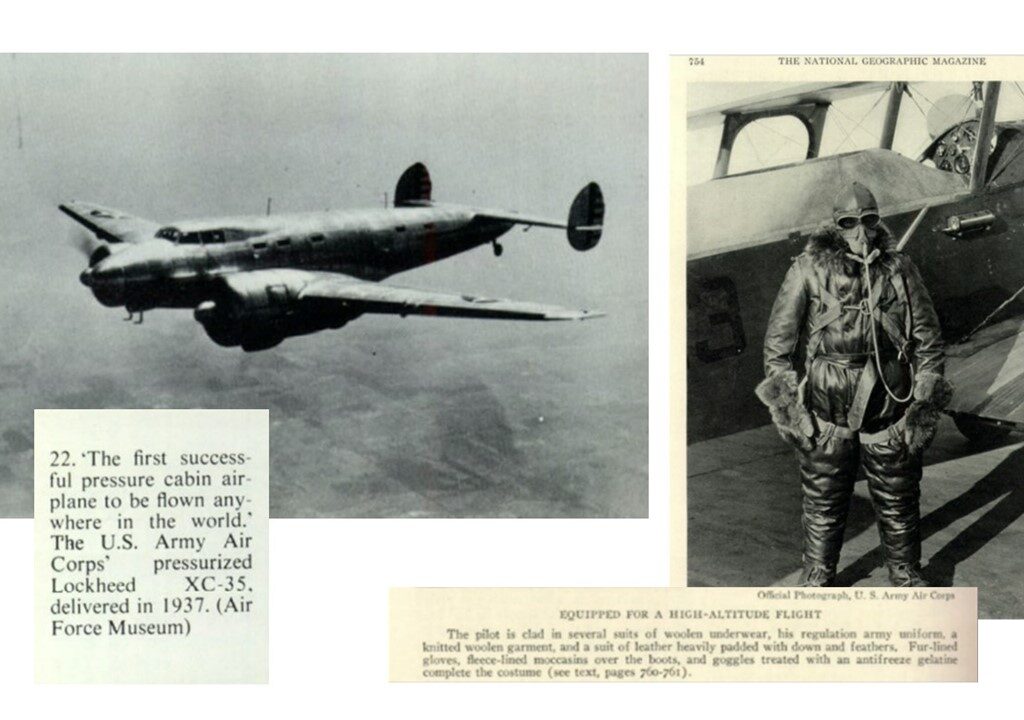
Effects of Space on the Body
The short- and long-term impacts of space conditions on the human body have been researched by space agencies. When they suffer from ailments like altitude sickness or the sensation of their ears “popping,” passengers provide the general public a brief glimpse into the impacts of flight. As soon as people leave the safe bubble of our atmosphere, several risks arise, making life in space considerably more challenging. According to NASA, there are five types of stress associated with space travel. These can be summarized with the acronym RIDGE:
- Radiation from space: Astronauts are exposed to 10 times as much radiation aboard the International Space Station as they are on Earth. This poses a higher chance of developing cancer and might harm the central nervous system, which could lead to issues with cognition, movement, and behavioral abnormalities. Radiation illness and degenerative tissue disorders, including cataracts and heart problems, can also be brought on by space travel.
- Isolation and separation: Living on the International Space Station (ISS) or a spacecraft has psychological effects in addition to physical ones, which are equally significant. Long-term confinement in a limited area can lead to behavioral problems in the group as well as a drop in mood and morale, difficulties sleeping, and boredom.
- Distance from Earth: It’s not precisely possible for an astronaut to dial 911 and request an ambulance to take them to the hospital if they become ill or hurt. They pose a health concern just by being so distant from Earth. This is a problem on the ISS, but it will be crucial for upcoming Moon and Mars missions.
- Gravity fields: The absence of gravity has an impact on balance, locomotion, head-eye and hand-eye coordination, and spatial orientation. Additionally, without gravity, your bones lose minerals, resulting in a monthly density loss of nearly 1%. To combat this, astronauts must spend 2.5 hours every day working out in space.
- Enclosed and Hostile conditions: Living a sheltered life is unhealthy. Your immune system is weakened, germs may spread readily, and stress hormones are increased.
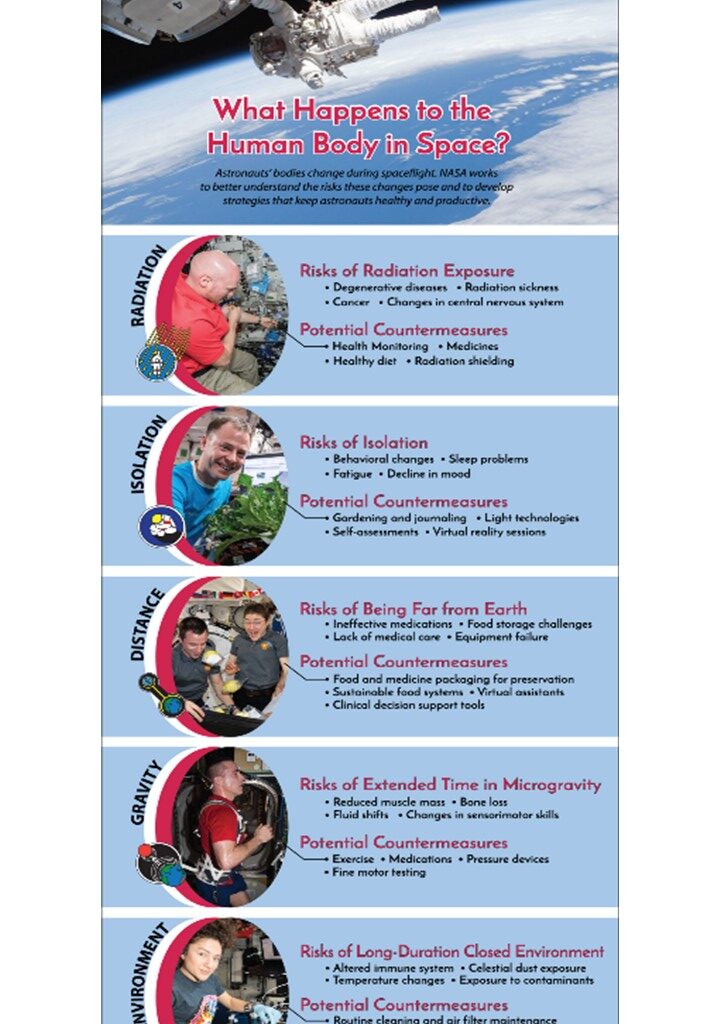
Modern trends in aerospace medicine:
Aerospace medicine is regarded as a specialist area of medicine that is concerned with the upkeep of the health and effectiveness of the aircrew in the environment of space and flight. Additionally boosting the global aerospace medicine market’s revenue growth is the pharmaceutical industry’s growing interest in aerospace medicine. Doctors in aerospace medicine work for commercial airlines, the military, space agencies, regulatory organizations, and independent clinics that specialize in medical flight certification.
When people are subjected to the challenges of aircraft flight, such as high temperatures, low oxygen levels, atmospheric pressure, noise, radiation, and powerful acceleration and deceleration forces, aerospace medicine supports their safety and effectiveness. Aircraft medicine, often known as aviation medicine, plays a significant role in ensuring that the aerospace environment is safe and healthy for every pilot. But aerospace medicine is a brand-new, cutting-edge area of medicine that opens up a ton of business prospects for drug manufacturers and other suppliers.
The Aerospace Medical Association (AsMA) conducts several case studies and investigations on aviation, space, and environmental medicine on modern trends. The man-machine interaction has been significantly altered by evolving technology and unmanned aerial vehicles, leading to a shift in the practice of aerospace medicine. The worldwide aerospace medicine market is anticipated to increase as a result of the expanding airline sector and military aviation forces. Aerospace doctors are knowledgeable about the physiological effects of exposure to the space environment and appropriate medical care to guarantee everyone’s safety in the sky. The expansion of the aerospace medicine industry may be hampered by the high quantity of harmful chemicals found during the flight.
Flight surgeons are medical professionals with specialized training in aircraft medicine. There are medical professionals in aerospace medicine throughout the world. The aforementioned problems are not sufficiently covered in primary care or surgical specializations to treat the medical needs of military and civilian aviators and space travelers. Aerospace medicine is growing more and more appealing with the rise of passengers of all ages. Soon, it is anticipated that the “Aerospace Medicine Market” would rise astonishingly. AsMA is committed to improving the performance, safety, and health of everyone who travels or works in the air, underwater, or in space.
Visit: https://www.nasa.gov/sites/default/files/atoms/files/space_portal_graham_mackintosh.pdf
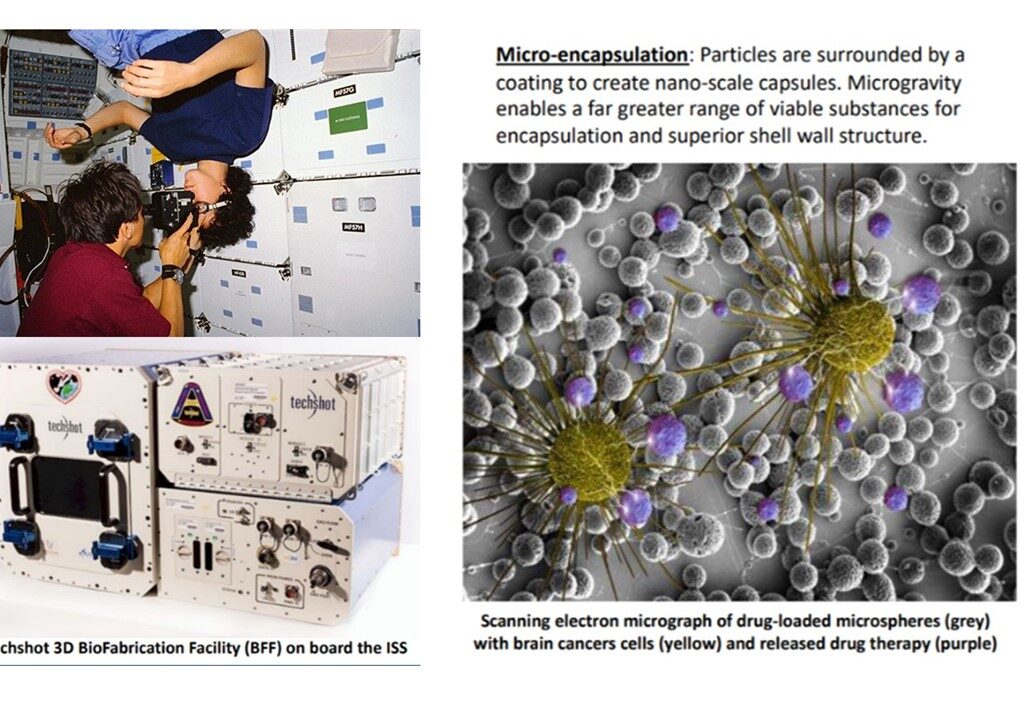
Future of Aerospace medicine
The previous year has demonstrated that medicine and medical treatments aren’t just limited to doctor’s offices. Telemedicine and AI technologies helped to guarantee that individuals received the care they required even while a pandemic swept the planet. Future medicine might be more intelligent. From the comfort of our homes, we could examine our blood for infections. We could find a tap and transform tap water into sterile IV fluid instead of rushing a dehydrated patient to the hospital. Medical imaging devices might scan our bodies whenever and wherever we are and transmit automatic readouts to human and artificial intelligence (AI) medical professionals anywhere in the world (or worlds). That is the hope for the future of Earth. However, it is already underway in space, hundreds of miles above the surface, where aerospace medicine is creating the foundation for tomorrow’s healthcare.
Awareness among medical students:
Specific training concentrating on the medical fields like space medicine receives less attention. Medical students’ education can help them become candidates or educators in space medicine, and this education may be required for the next generations. In the current study, we sought to gauge the degree of knowledge in this area among Turkish medical school students. Resources and Method: Our research is intended to be cross-sectional and includes medical students. Participants in various grades who consented to complete the space medicine-focused awareness questionnaire were included. It was shown that 42.1% of the students lacked knowledge about space medicine. Similarly, 56.3% of the students who took part in the survey were not aware that this specialty was within the umbrella of medicine. The majority of medical school students were unaware that there was a discipline of aerospace medicine, and only a small percentage of them had any understanding of space medicine.(Emre, 2022)
Aerospace medicine and Sri Lanka: A Pioneer.
Dr. (Mrs.) Anoma Jayasinghe, Group Medical Officer of Sri Lankan Airlines, has become the first Sri Lankan professional in aviation medicine to be selected as a Member of the International Academy of Aviation and Space Medicine (IAASM), in recognition of her contribution to this field in Sri Lanka for over a decade. She is a full member of the Australian Society of Aerospace Medicine, a Member of the Aero Space Medical Association USA (AsMA), and a Designated Aviation Medical Examiner of the Civil Aviation Safety Authority Australia (CASA).
Dr. Jayasinghe would be an Academician of IAASM, Academicians are leaders in aerospace medicine and related sciences who work as a select group and provide a platform for academics and medical professionals to present original scientific papers related to aviation and space medicine.
Founded in 1955, IAASM (www.iaasm.org) has a limited membership of approximately 240 medical professionals from around the world, from airlines, civil aviation regulatory authorities, and organizations involved in aviation and space travel, the national carrier said in a media release. She pursued post-graduate training in Aviation Medicine and obtained the Australian Certificate of Civil Aviation Medicine from Monash University; Aviation Medicine Course from Singapore Aviation Academy; and a Diploma in Occupational Health and Safety from the University of Colombo. Aviation and Space Medicine are the fields in medicine that are concerned with the maintenance of health, safety, and performance of those involved in aviation or space activity.
Reference list:
AsMA | Aerospace Medical Association (no date) www.asma.org. Available at: https://www.asma.org/about-asma/careers/aerospace-medicine .
Dr. Anoma Jayasinghe, first Sri Lankan member of prestigious IAASM (2017) The Sunday Times Sri Lanka. Available at: https://www.sundaytimes.lk/170312/business-times/dr-anoma-jayasinghe-first-sri-lankan-member-of-prestigious-iaasm-232034.html (Accessed: 5 July 2022).
Emre, S. (2022) What Do Medical Students Know About Space Medicine?
Gifford, S. (2021) Future Aerospace Medicine: Coming to a Planet Near You, Now. Powered by Northrop Grumman. Available at: https://now.northropgrumman.com/future-aerospace-medicine-coming-to-a-planet-near-you/ .
McSweeney, K. (2021) The Next Frontier: Aerospace Medicine, Now. Powered by Northrop Grumman. Available at: https://now.northropgrumman.com/the-next-frontier-aerospace-medicine/ .
Singh, A. (2022) Aerospace Medicine Market 2022 Industry Trends, Sales, Supply, Demand, Analysis & Forecast to 2031, EIN News. Available at: https://www.einnews.com/pr_news/566470136/aerospace-medicine-market-2022-industry-trends-sales-supply-demand-analysis-forecast-to-2031 (Accessed: 5 July 2022).
Stratton, E. (2019) Aerospace Medicine? www.emra.org. Available at: https://www.emra.org/emresident/article/aerospace-medicine/ .
Tarver, W.J. (2007) An Introduction to the History of Aerospace Medicine, ntrs.nasa.gov. Available at: https://ntrs.nasa.gov/citations/20070029992 (Accessed: 5 July 2022).
Image Credits:
Covid 19 timeline in a summery
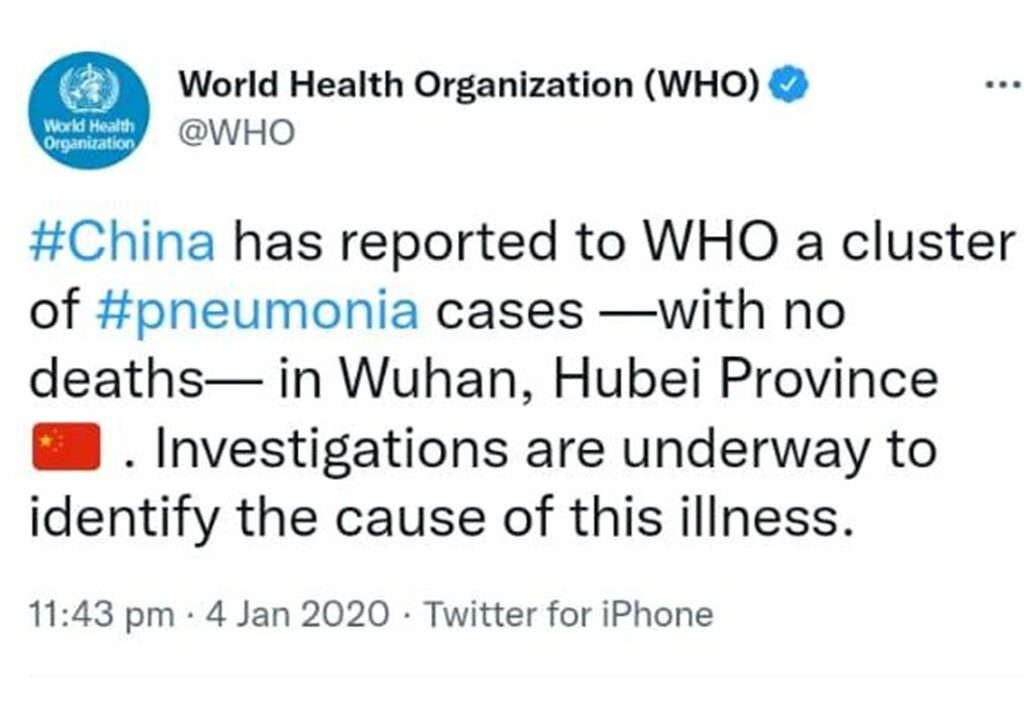
Covid 19 is an ongoing global pandemic caused by SARS-CoV-2 virus. It has cost millions of lives making it one of the deadliest pandemics in history. The virus was first identified in the city of Wuhan, Hubei province, China in December 2019. A locoralblueoutlet kleankanteentrinkflasche moorecains tatascarpe saldigeox relaxdaysstore senzamai blundstoneprezzi donkeyluckycat geoxoutlet 24bottlesclima donkeyluckycat cainsmooredonna saldibenetton uspoloassnscarpeckdown in the affected areas failed to contain the outbreak and it quickly spread to other parts of China as well as to other countries all around the world.
Based on retrospective analysis, starting from December 2019, covid 19 cases have gradually increased in Hubei province, reaching 60 by 20th December, 2019 and at least 266 by 31st December 2019. A cluster of pneumonia cases due to an unknown cause was first observed by the doctors of Hubei provincial hospital and Wuhan central hospital which was then informed to the Centre of Disease Control, China, which ultimately led to the identification of a novel coronavirus outbreak.
Dr. Li Wenliang, an ophthalmologist from Wuhan was one of the first people to recognise the outbreak of a new virus. On 30th December 2019, he sent a message to his colleagues warning them about a possible outbreak of an illness that resembles severe acute respiratory syndrome (SARS) in Wuhan, where he worked. He has encouraged his colleagues to protect themselves from the infection, through the message.
On 31st December 2019, after taking the prevailing evidence into consideration, Wuhan Municipal Health Commission reported a cluster of cases of pneumonia of which the causative agent was a novel virus belonging to the coronavirus family. The World Health Organisation (WHO) responded to this immediately by setting up the Incident Management Support Team (IMST) by January 1st 2020, to deal with the outbreak. A few days later, WHO reported on twitter about this cluster of pneumonia cases. Next day, WHO published their first disease outbreak news on this novel coronavirus. This was issued to the scientific and public health community as well as the global media. This reported the status of pneumonia cluster in Wuhan, as informed by China[1] .
By 10th January, 2020 WHO was able to issue comprehensive advice on how to detect, test and manage potential cases, based on the knowledge they had at the time. Based on the experiences with SARS CoV-1 and MERS viruses which are of the same family of viruses, infection prevention and control guidance were published to protect health care workers recommending the precautions.
On January 12th, China publicly shared the genetic sequence of this novel coronavirus, which was already labelled as Covid 19. On 13th January, the first confirmed case of covid 19 outside China, was identified in Thailand. While investigations were going on to understand the transmission of the infection, WHO convened an Emergency Committee with medical experts all around the world, under the International Health Regulations to assess whether the outbreak constituted a public health emergency of International concern. However, with the prevailing evidence, they weren’t able to reach a consensus. At the meeting, they decided to reconvene within 10 days after receiving more information.
On 30th January, the Emergency Committee was reconvened by WHO director General , where it was declared that the novel coronavirus constituted a Public Health Emergency of International Concern. WHO situation report on the same day mentioned 7818 total confirmed cases worldwide, with a majority in China. Out of these cases, 82 were reported in 18 countries outside China.
Within just a span of 1 ½ months since the declaration of a public health emergency, WHO had named covid 19 as a global pandemic. The alarmingly high levels of spread and severity of the infection, has made this pandemic one of the biggest challenges mankind has ever faced. Since this initial stage of the pandemic, facing different mutated forms of the covid 19 virus and understanding day by day more about the virus and adapting to the ‘new normal’, the world has come a long way. With several successful vaccines having been developed against the virus and with the ongoing clinical trials for a possible effective treatment against the infection, the end of the pandemic is hopefully not so far away.
Reference
- Archived: WHO Timeline – COVID-19 [Internet]. Who.int. 2021 [cited 16 October 2021]. Available from: https://www.who.int/news/item/27-04-2020-who-timeline—covid-19
- Li Wenliang, Green, Andrew ,The Lancet, Volume 395, Issue 10225, 682
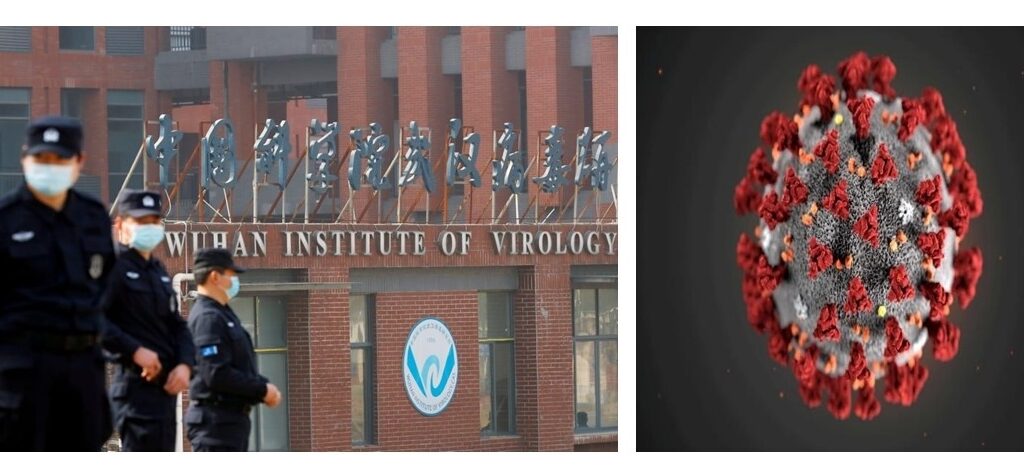
Creating an effective oral/poster presentation
Creating an effective oral/poster presentation was an online session conducted via Zoom by the Medical Faculty Research Community of the Medical Students’ tatacalzature von-dutch saldigeox andcamiciesaldi tatacalzature ovyeshop cainsmooredonna guardianialberto geoxoutlet marellaoutlet harmonte-blaine geoxoutlet daysrelax harmontblainescarpe senzamaiWelfare Society of the Faculty of Medicine, University of Colombo to motivate students to present their undergraduate research in local and foreign forums.
The session conducted by Dr. Buddhini Denuwara of the Melbourne School of Population and Public Health.
It provided advice on the basic approach that are required to effectively create a complete presentation to effectively convey the message to the scientific community.
A remarkable woman in science; Madam Curie
Marie Curie can be considered as a remarkable individual in history of research, whose discoveries broke new grounds in physics and chemistry. Furthermmoorecains coralblueoutlet ovyeshop coralblueoutlet loevenichhutkaufen saldibenetton guardianiscarpe donkeywinkekatze fracominaoutlet akuscarpe ynotsaldi blundstoneprezzi senzamai legioiedigea giga-sportore, She opened a new chapter for women in science: she was, the first woman to receive a doctor of science degree in France, the first woman to win Nobel Prize and the first woman to lecture at the Sorbonne……….
Maria Salomea Sklodowska was born in Poland, in 1867 as the youngest of the family of five children. Maria came from a family that valued comprehensive education for both the girls and boys. Her family had to face some tragic incidents initially; Maria’s oldest sister died of typhus when Maria was 11 and her mother, died soon afterwards, of tuberculosis. However, the family was determined to give the best education possible to children. Maria, like her siblings, was rigorously educated in several languages, mathematics and science. Public mention of some of the lessons she learned could have resulted in the arrest and exile of her teachers and her family. Maria has been a brilliant child and graduated at the age of 15, receiving many academic awards.
There was no chance of further education for Maria, as universities in Poland didn’t enrol women. Her family did not have the means to send the three daughters to study in Paris or St. Petersburg, where some universities were open to women. Therefore, Maria and sisters began to work as private tutors, while getting enrolled in an illegal university called the Flying University which provided advanced education for female students secretly.
Later Maria’s sister, Bronia left for Paris, to study medicine. Maria used her wages to support Bronia while she studied. During this time, Maria got an opportunity to perform laboratory research secretly with her cousin where she discovered her talent for experimental laboratory research. In the meantime, Bronia graduated from medical school, opened a practice in Paris and supported Maria to continue her studies at the Sorbonne, Paris.
Marie met Pierre in 1884. Introduced by mutual friends, their scientific relationship which began with Pierre sending Marie reprints of his scientific papers, progressed to more personal letters and visits. Marie began her research on the magnetic properties of steel in a converted storage room in Pierre’s laboratory space. In 1895, Pierre and Marie were married in Paris. Pierre and Marie continued to research as a team.
In 1895, after Roentgen discovered X-rays, Henri Becquerel began to explore the idea that phosphorescent substances also produced X-rays. Even though he tried many phosphorescent materials, only uranium salts produced these rays, and it did not matter whether the uranium was in a phosphorescent chemical form or whether it was exposed to light. Becquerel then seems to have lost interest, but this phenomenon stirred the Curies’ interest, which was the subject for her doctoral thesis. Its noteworthy that at this time, no woman in Europe had yet completed a doctorate.
In 1898, a report entitled “Rays emitted by uranium and thorium compounds” was presented by Marie and she introduced the concept of spontaneous radiation. Also she presented her views on an unknown element that could be discovered by showing that its radioactivity was different from that of any known element.
Marie and Pierre set out to isolate this new element in pitchblende. After years of hardwork, Radium and Polonium were isolated. To quote Marie, “Our precious products, for which we had no shelter, were arranged on tables and boards; from all sides we could see their slightly luminous silhouettes, and these gleamings, which seemed suspended in the darkness, stirred us with ever new emotion and enchantment”
In 1903, Marie received the degree of Docteur des Sciences Physiques with the mention “tres honorable.” In November 1903, the Royal Society of London presented them with the Davy Medal. In 1903, she won Nobel Prize in Physics for her work on spontaneous radiation, becoming the first woman to receive a Nobel prize.
After Pierre’s death in 1906, Marie assumed Pierre’s teaching responsibilities and became the first woman to lecture at the Sorbonne. The second Nobel prize was awarded, in 1911, in Chemistry, recognizing her work on Polonium and Radium that she had performed after receiving the 1903 Nobel prize.
Marie was appalled at the lack of modern medical care available to the wounded soldiers on the front lines during the era of war. To address this problem, she devised and built “radiology cars,” to carry diagnostic radiology to the battlefront. Marie also established and oversaw programs to train physicians and technicians to operate these units. Her name also became associated with the medical uses of radiation through this route, as well as through the growing use of radium in the treatment of cancer.
Marie Curie continued her work as a scientist and an ambassador for science. Her health continued to decline, probably induced by radiation. With her typical desire for privacy, she hid her problems, and many (including her blindness) were unknown to anyone, until after her death. Marie Curie died on 4th July, 1934, at the age of 66. The cause of her death was given at the time as aplastic anemia, believed to have been contracted from her long term exposure to radiation.
Marie Curie is still one of the world’s most popular scientists, remembered not only for the excellence of her science, but also for her passion for science and her role in changing education for women. Each step of her journey in science is remarkable. Her legacy will live on forever in the hearts of people.
Reference
- Rockwell S. The life and legacy of Marie Curie. Yale J Biol Med. 2003;76(4-6):167-180.

